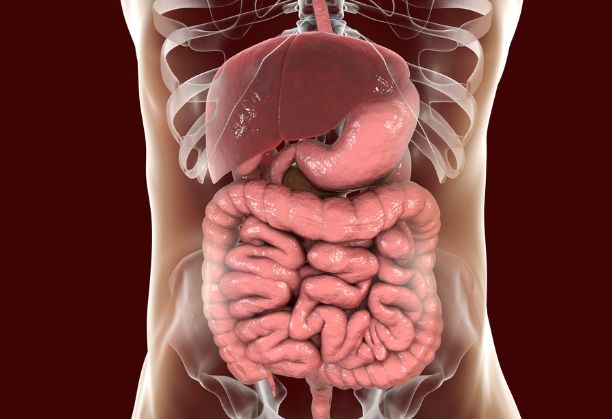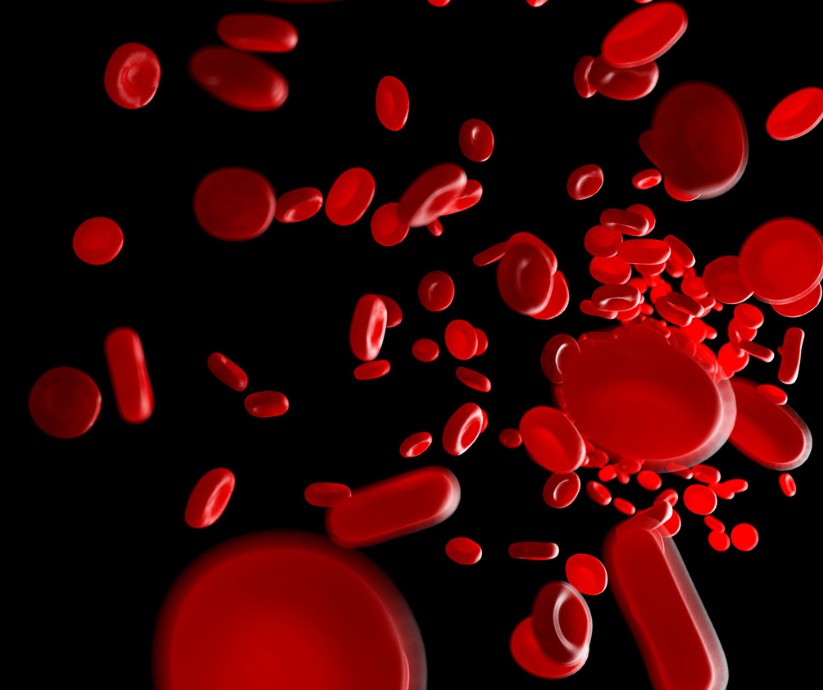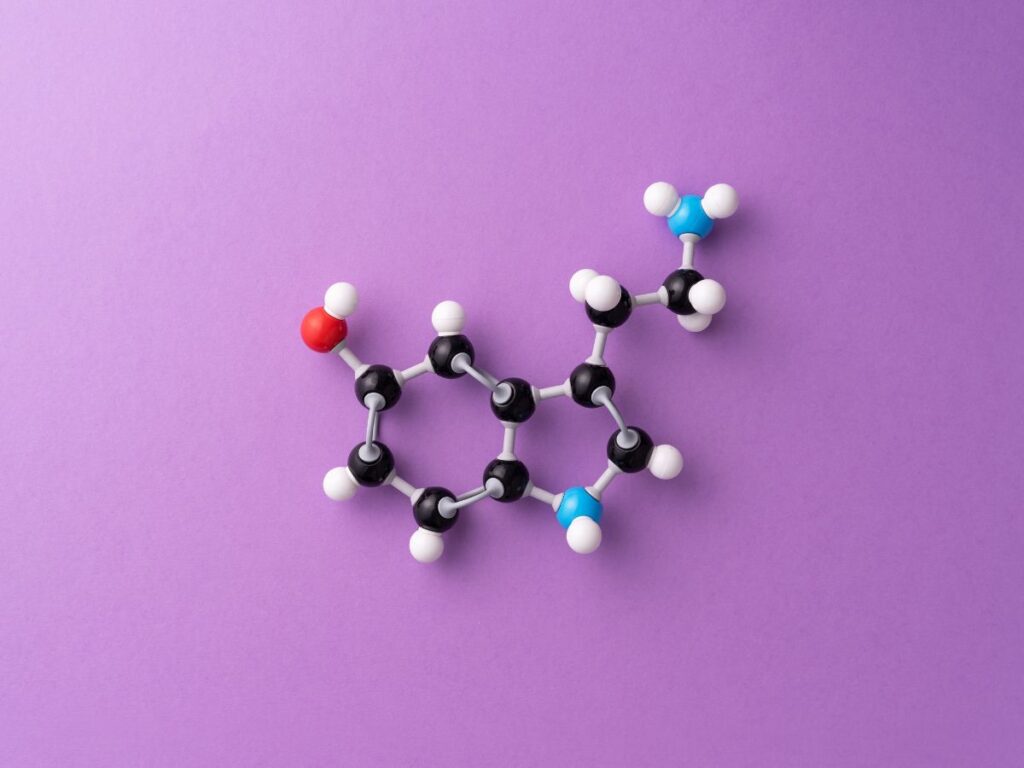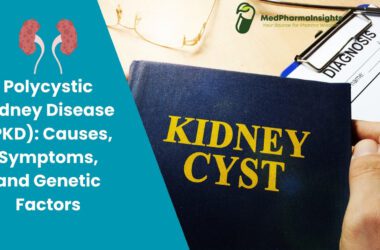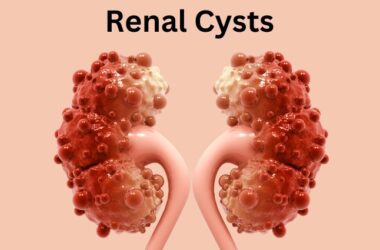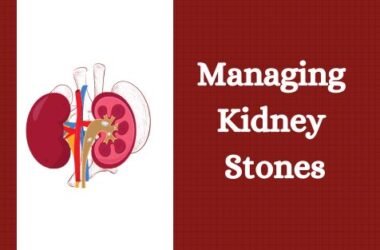Stenosis is a term which means narrowing of arteries therefore Renal artery stenosis (RAS) is a vascular condition that causes narrowing of arteries that supply blood to the kidney. the arteries leading to the kidneys. It is a significant cause of secondary hypertension (high blood pressure) and can lead to impaired kidney function if left untreated. In this blog post, we will explore the causes, symptoms, diagnosis, and treatment options for renal artery stenosis.
Causes of Renal Artery Stenosis
Several factors can contribute to the development of renal artery stenosis, including:
- Atherosclerosis: The most common cause of RAS is the gradual accumulation of fatty deposits (plaque) in the renal arteries, narrowing the blood vessels.
- Fibromuscular Dysplasia (FMD): This is a less common condition in which the walls of the renal arteries thicken and narrow abnormally, and looks like strings and beads , it classically develops in young women but exact cause is still unknown .
- Blood Clots: Blood clots can block the renal arteries, leading to RAS.
- Inflammation: Conditions that cause inflammation in the blood vessels, such as vasculitis, can also contribute to RAS.
Pathophysiology
The renal arteries supply blood to the kidneys, vital in regulating blood pressure and filtering waste and excess fluids from the bloodstream. Renal artery stenosis occurs when these arteries narrow or Kidney Artery Blockage. As a result, blood pressure in the kidney decreases, which causes the release of renin by juxtaglomerular cells of the kidney. This increases blood pressure in the body, but the blood pressure in the kidney remains low due to narrowed blood vessels; therefore, the kidney continuously produces renin. As a result of reduced blood flow to the kidney, normal kidney tissue is eventually replaced by scar or fibrous ti, leading to atrophy of the kidney.
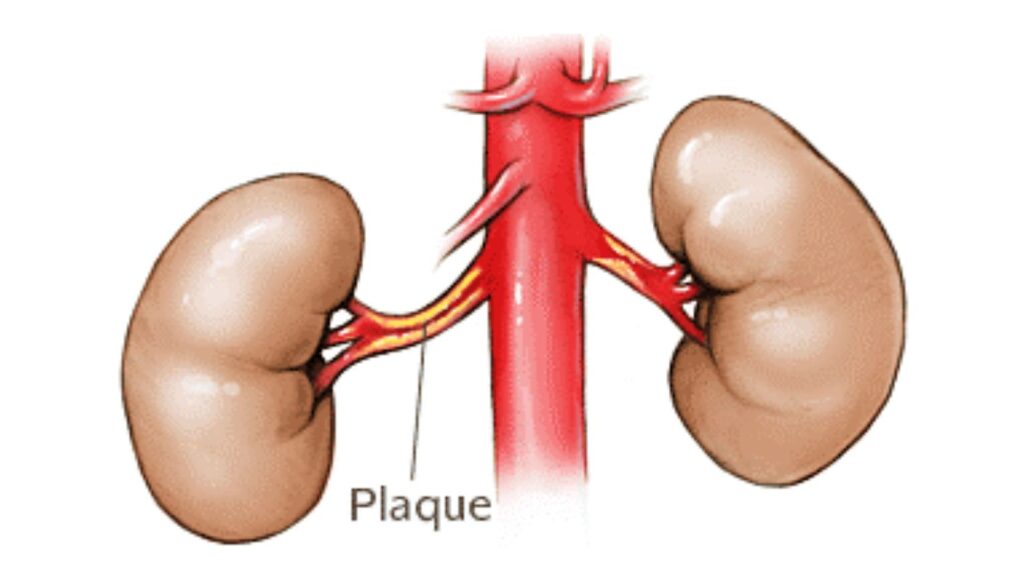

Symptoms of Renal Artery Stenosis
RAS often does not produce noticeable symptoms in its early stages. However, as the condition progresses, it can lead to:
- Hypertension (High Blood Pressure): RAS is a common secondary cause of high blood pressure. Poorly controlled hypertension can increase the risk of heart disease, stroke, and kidney damage.
- Kidney Dysfunction: In advanced cases, RAS can lead to reduced kidney function or even kidney failure. Symptoms may include fatigue, swelling in the legs or feet, and changes in urination patterns.
Diagnosis of Renal Artery Stenosis
Diagnosing RAS typically involves a combination of the following:
- Medical History and Physical Examination: Your healthcare provider will assess your medical history and check your blood pressure.
- Imaging Tests: Non-invasive imaging tests, such as Doppler ultrasound, magnetic resonance angiography (MRA), or computed tomography angiography (CTA), can help visualise the renal arteries and identify blockages or narrowing.
- Angiography: In some cases, a more invasive procedure called renal angiography may be necessary to confirm the diagnosis. This involves injecting a contrast dye into the renal arteries and taking X-ray images.
Treatment Options for Renal Artery Stenosis
Treatment options for renal artery stenosis (RAS) aim to manage the condition effectively, lower blood pressure, preserve kidney function, and reduce the risk of complications. The choice of treatment depends on various factors, including the severity of RAS, the presence of symptoms, and the patient’s overall health. Here are the primary treatment options for RAS:
1- Lifestyle Modifications:


- Blood Pressure Control: Managing hypertension is a crucial aspect of RAS treatment. Lifestyle changes to control blood pressure may include reducing salt intake, adopting a heart-healthy diet (such as the DASH diet), regular exercise, smoking cessation, and limiting alcohol consumption.
- Weight Management: Achieving and maintaining a healthy weight can help lower blood pressure and reduce the strain on the renal arteries.
- Exercise: Regular physical activity can improve cardiovascular health and help control blood pressure. Consult with a healthcare provider before starting any new exercise regimen.
2- Medications
- Antihypertensive Medications: Blood pressure-lowering medications, including angiotensin-converting enzyme (ACE) inhibitors, angiotensin II receptor blockers (ARBs), calcium channel blockers, and diuretics, may be prescribed to help manage hypertension.
- Cholesterol-Lowering Medications: If atherosclerosis is a contributing factor to RAS, statins or other cholesterol-lowering medications may be recommended to reduce plaque build-up in the renal arteries.
3- Revascularization Procedures:
- Angioplasty with Stenting: This is the most common procedure for treating RAS. A catheter with a deflated balloon is inserted into the narrowed renal artery, and the balloon is inflated to widen the artery. A stent (a small mesh tube) is often placed to help keep the artery open. This procedure is known as percutaneous transluminal renal angioplasty (PTRA) with stenting.
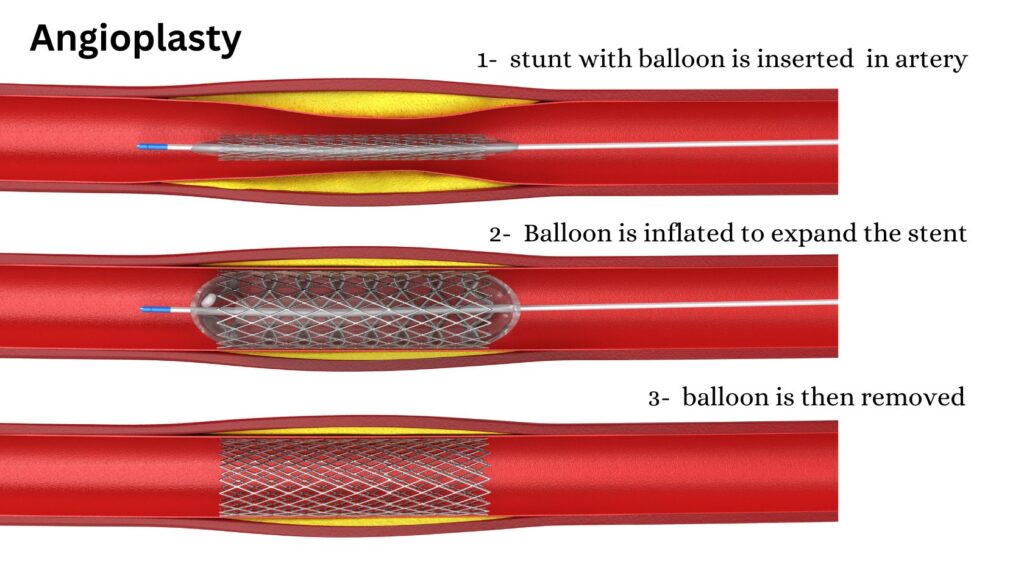

- Atherectomy: In some cases, atherectomy may be used to remove plaque from the renal artery. This procedure is less common than angioplasty and stenting.
- Surgical Bypass: Surgical revascularization involves creating a bypass around the blocked or narrowed portion of the renal artery. This procedure is generally reserved for complex or severe cases when other treatments are ineffective.
Medications to Manage Complications:
- If complications such as kidney dysfunction or heart failure arise as a result of RAS, additional medications may be prescribed to address these issues.
- Regular Follow-Up: Patients with RAS require regular follow-up appointments with their healthcare provider to monitor blood pressure, kidney function, and the progression of the condition. Adjustments to treatment may be made as needed.
Conclusion:
Renal artery stenosis is a vascular condition that can lead to high blood pressure and kidney dysfunction if left untreated. Early detection and appropriate management are crucial for preserving kidney function and preventing complications. If you suspect you may have RAS or have risk factors for the condition, consult with a healthcare provider for a thorough evaluation and personalized treatment plan. Lifestyle changes and medication can effectively manage RAS, while more invasive procedures are reserved for severe cases.


